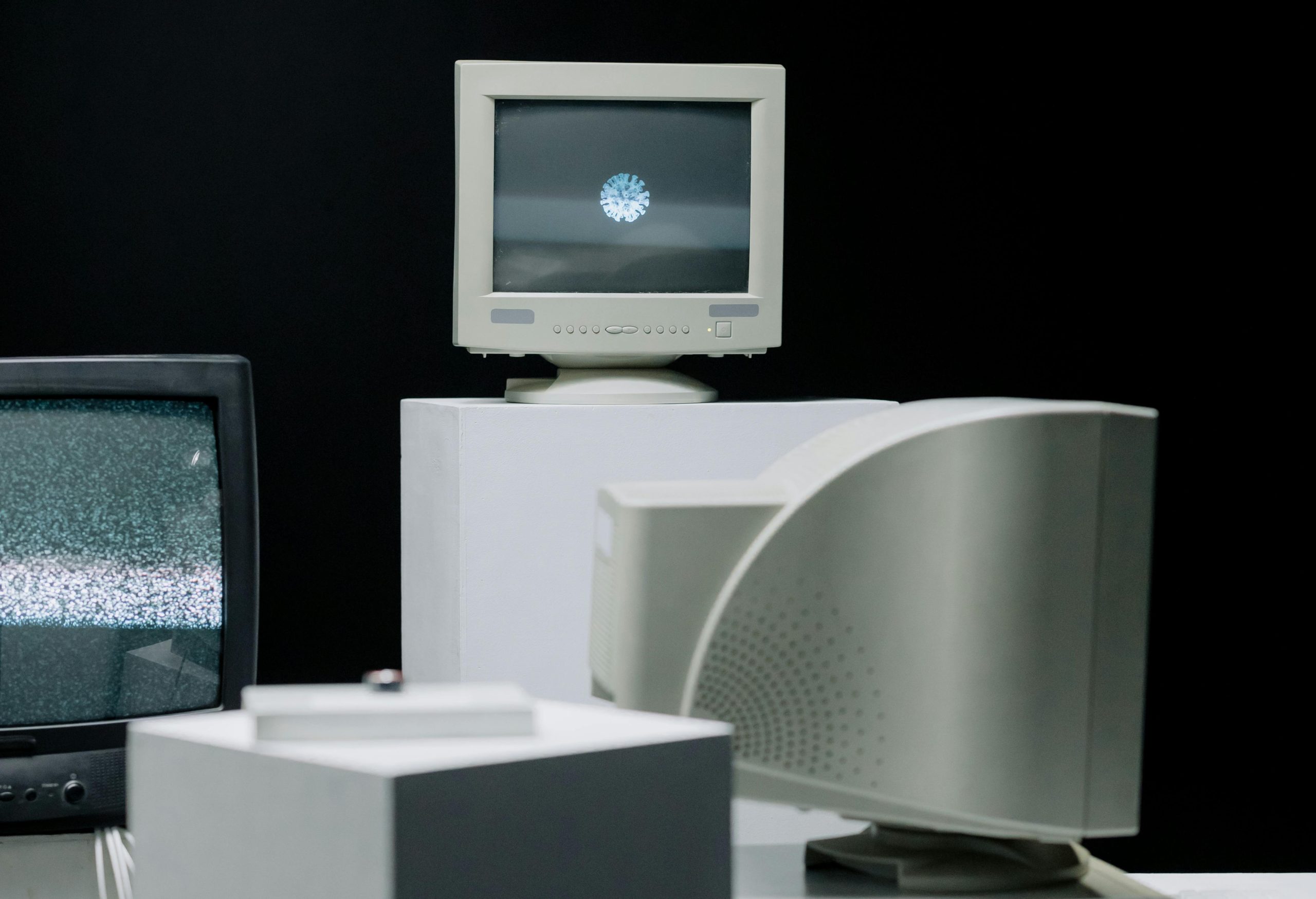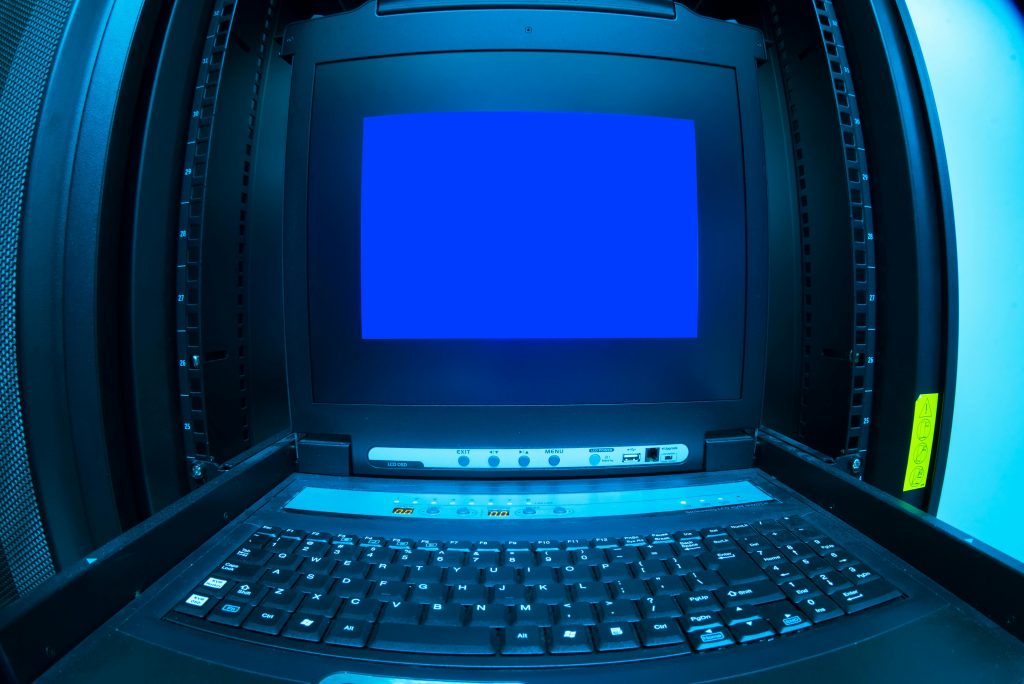Troubleshooting Gaming Black Screen and GPU Fan Overload: A Comprehensive Guide
Experiencing abrupt black screens during gaming sessions combined with GPU fans running at maximum speed can be a frustrating issue for PC enthusiasts. If you’ve encountered similar problems, you’re not alone. This article aims to explore potential causes, effective troubleshooting steps, and best practices to resolve such issues, based on real-world experiences and established technical guidance.
Understanding the Issue
Many gamers and PC builders have reported experiencing black screens during gaming, often accompanied by GPU fans spinning at full speed. These symptoms may indicate underlying hardware or software problems, including power supply issues, driver conflicts, overheating, or hardware faults.
Common Symptoms:
- Sudden black screen during gameplay
- GPU fans operating at 100% RPM
- Temporary resolution after reconnecting the GPU power cable
- Stable performance in desktop mode and non-gaming tasks
Case Study: A Typical Gaming Rig
Here’s an example configuration where such issues have been observed:
- Power Supply: Pure Power 1000W 80+ Gold
- Motherboard: Gigabyte B660 Gaming X DDR4
- Processor: Intel i5-12600KF
- Graphics Card: Gigabyte RTX 4070 Ti Gaming OC
- Storage: Samsung 990 Pro 2TB M.2 SSD
- Memory: G.Skill RipJaws 32GB DDR4, XMP 3600MT/s
- Operating System: Windows 11 Pro 24H2
- Monitors: Ultrawide 3440×1440 @165Hz, standard 1920×1080 @120Hz
This setup maintains good temperatures, stable performance, and smooth gameplay; yet, intermittent display blackouts and GPU fan issues can still occur.
Troubleshooting Steps
- Hardware Verification
- Ensure all power connections to the GPU are secure.
- Test the GPU in another PCIe slot or system if possible.
-
Check the power supply’s capacity and stability—your 1000W PSU is generally sufficient but verify no faults exist.
-
Driver and Software Maintenance
- Use Display Driver Uninstaller (DDU) to completely remove existing GPU drivers.
- Reinstall the latest GPU drivers directly from the manufacturer’s website.
-
Keep your Windows OS and BIOS updated to minimize compatibility issues.
-
Thermal and Overclocking Checks
- Monitor GPU and
Share this content:



